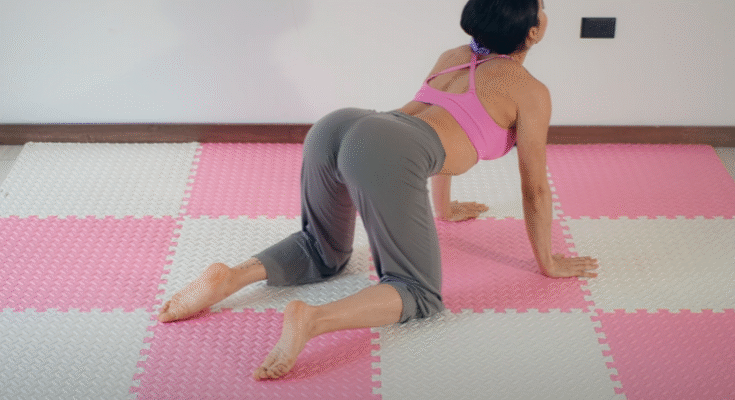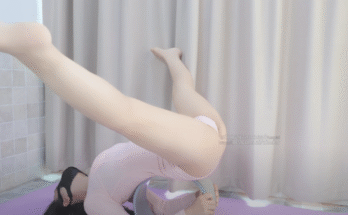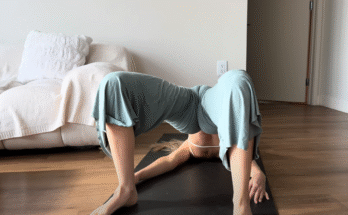Low back pain is one of the most common health complaints around the world. Whether it’s due to sitting for long periods, improper posture, stress, or injury, millions of people experience discomfort in their lower backs. While there are various treatments available, one natural and effective method gaining popularity is yoga. Yoga not only helps relieve pain, but it also strengthens the body, improves flexibility, and promotes relaxation.
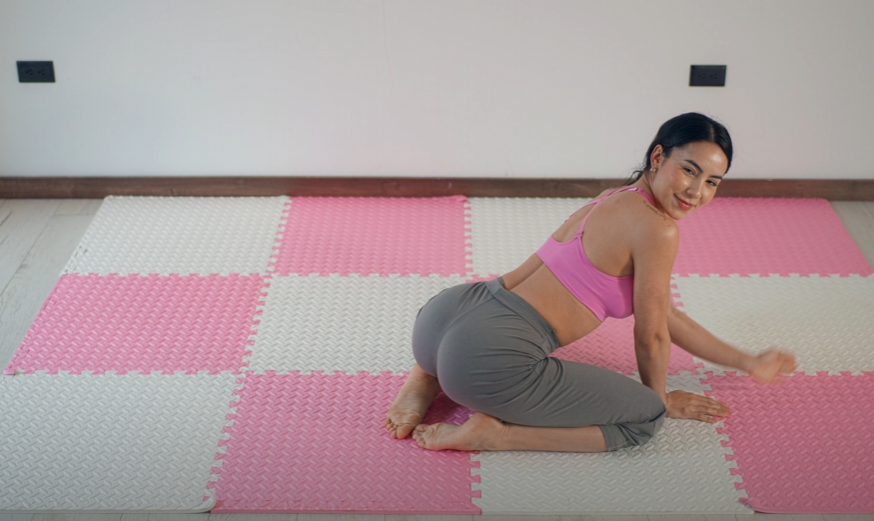
Yoga focuses on stretching, strengthening, and breathing. For those with low back pain, specific poses can target tight muscles, release tension, and build core strength — all of which are important for supporting the lower back. It’s gentle, non-invasive, and adaptable to different fitness levels, making it suitable for most people.
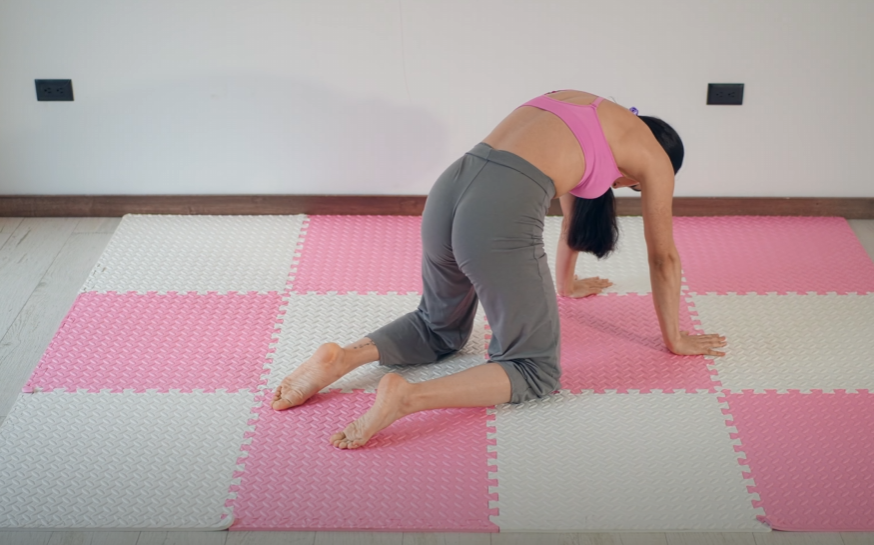
One of the main causes of low back pain is muscle tightness, especially in the hamstrings, hips, and lower spine. Yoga poses like Child’s Pose (Balasana) and Cat-Cow (Marjaryasana-Bitilasana) help stretch and loosen these areas. Child’s Pose gently stretches the spine and hips, offering a relaxing way to ease pain. Cat-Cow warms up the spine, increases flexibility, and improves circulation in the lower back.
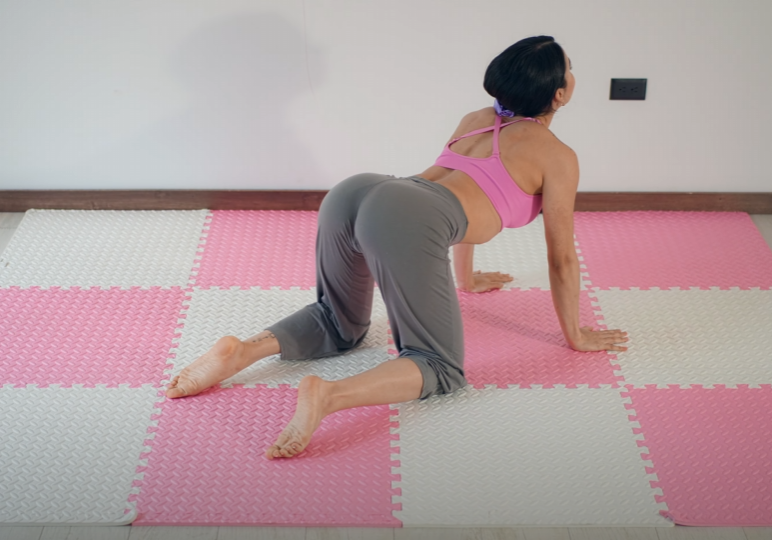
Another key element of yoga for low back pain is strengthening the core muscles. The core supports the spine, and when it’s weak, the lower back can become strained. Poses such as Bridge Pose (Setu Bandhasana) and Bird Dog help build strength in the abdominal and back muscles. A stronger core can reduce pressure on the lower spine and prevent future injuries.
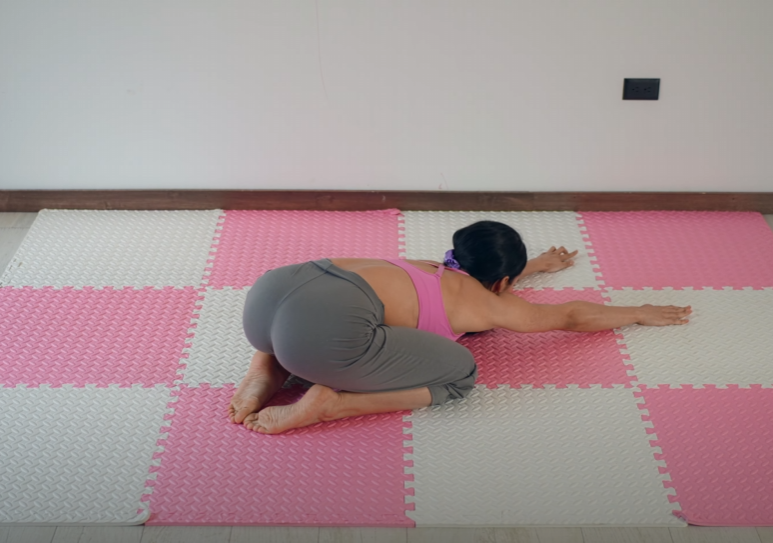
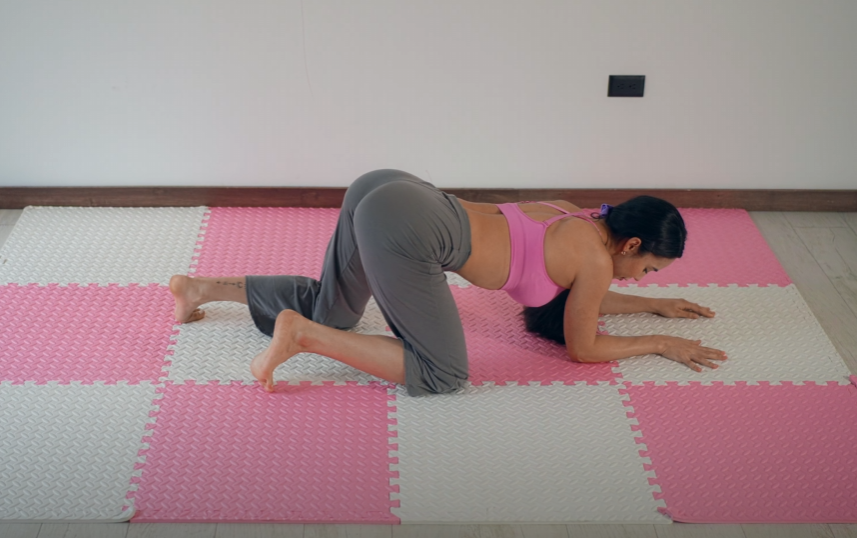

Breathing and mindfulness, which are central to yoga, also play a big role in pain relief. When we are in pain, we tend to hold our breath or become tense, which makes the pain worse. Practicing slow, deep breathing helps calm the nervous system, lower stress levels, and release physical tension in the back. Over time, yoga can improve body awareness, helping individuals move more mindfully and avoid habits that lead to pain.
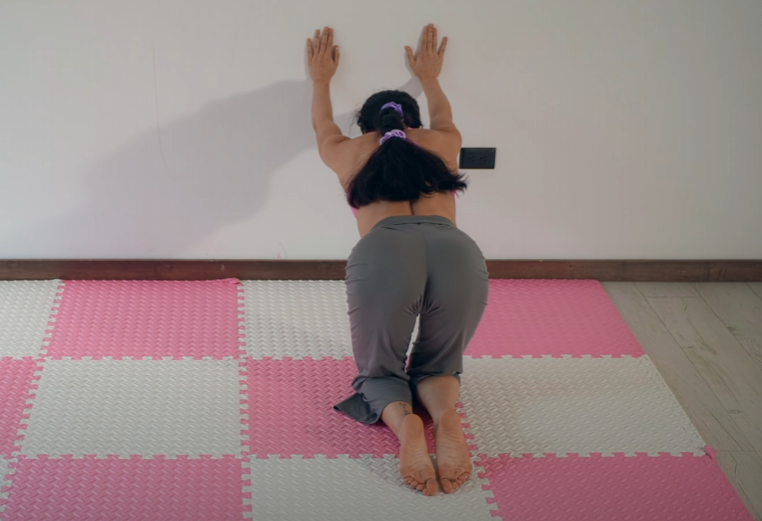
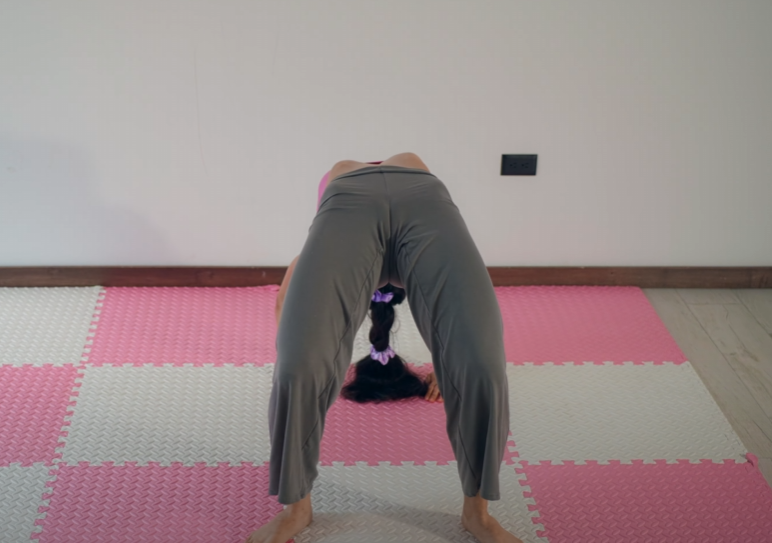
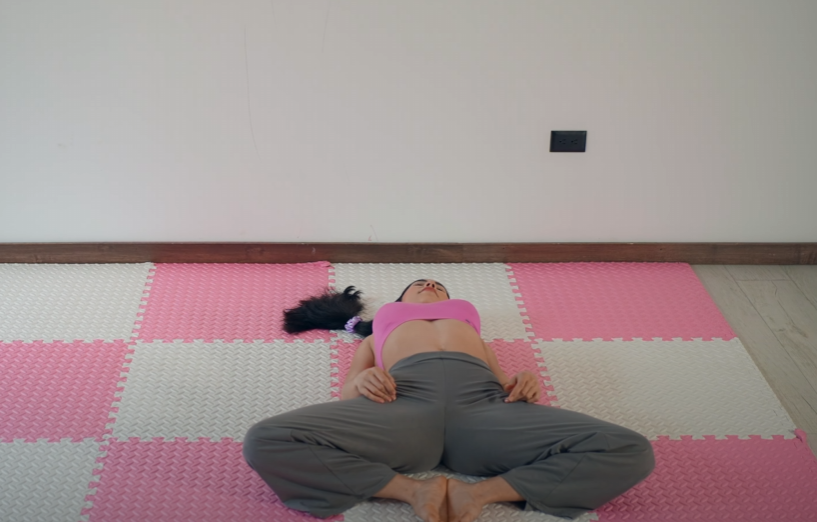
If you’re new to yoga and dealing with low back pain, it’s important to start slowly and listen to your body. Consider joining a gentle or beginner’s class, or look for instructors who specialize in therapeutic yoga. Avoid poses that cause sharp or shooting pain, and always move within a comfortable range. It may be helpful to use props like yoga blocks, bolsters, or blankets to support your practice and prevent strain.
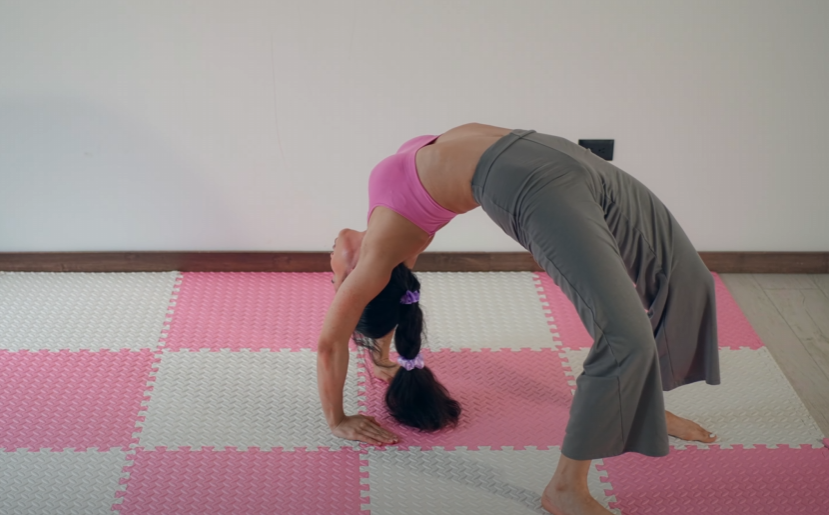
In conclusion, yoga can be a powerful tool for managing and even preventing low back pain. With regular practice, it can stretch tight muscles, strengthen weak areas, improve posture, and promote relaxation. As always, consult with your doctor or a trained yoga instructor before beginning any new exercise routine, especially if you have chronic or severe pain. But for many people, yoga offers a safe and natural way to feel better — both in body and mind.
